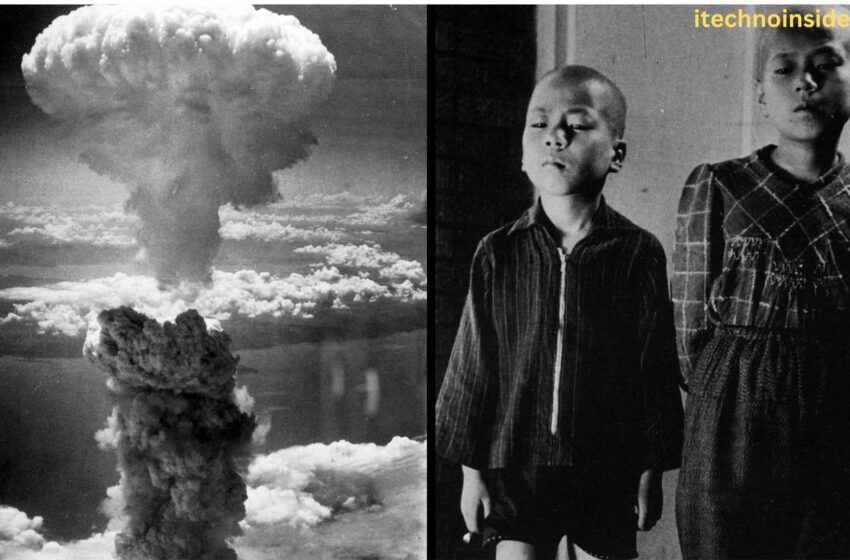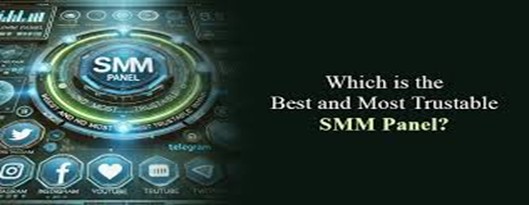
The History of the Atomic Bomb
During the Trinity test in the New Mexico desert on July 16, 1945, scientists demonstrated that an atomic bomb could be produced. It was dubbed Fat Man. It would be weaponized for use in the cities of Hiroshima and Nagasaki a few days later.
President Truman “regarded the [atomic] bomb as a military weapon” and “never had any doubt that it should be used.” Discuss his rationale for using the atomic bombs on Hiroshima and Nagasaki.
Fission-Atomic Bomb
In 1938, physicists working on the Manhattan Project discovered that some products of bombarding uranium with neutrons contained barium. Lise Meitner and Otto Frisch analyzed the results of this experiment, correctly concluding that neutron bombardment caused uranium nuclei to split into fast-moving lighter elements (fission products).
These fission products release several free neutrons and prompt gamma rays, making them highly radioactive. The free neutrons and gamma rays also release energy in the form of heat, making fission a powerful source of explosive energy.
Although fusion had been theorized earlier by Henri Becquerel, Marie Curie, Niels Bohr and Ernest Rutherford, the discovery of fission was a major step toward practical atomic weapons. During the 1910s, physicists had made strides in a coherent picture of the atom, and they knew that the protons and neutrons of heavy elements were held together by forces which are very strong over very small distances. These forces are so strong that when a large enough gap is present between the nuclei, they can no longer remain stable.
This is called the critical mass, and it can be achieved in two ways. The easiest method is to use high explosives to shoot two subcritical slugs of material together in a tube (a “gun-type” bomb). Another way is to squeeze a ball of fissionable material into a smaller volume, creating a much higher density. This is called the implosion method, and it was used to make the atomic bomb dropped on Tinian.
Detonation
The detonation of a nuclear atomic bomb is caused by the rapid release of huge amounts of heat and pressure. The shock wave can destroy buildings for miles around the blast site. The hot gases from the explosion can melt metal and cause fires.
The shock wave from a nuclear detonation can travel at supersonic speeds. It can also create massive overpressures that can rupture steel containers and other structures.
When an atomic bomb is detonated, the heat and pressure from the explosion can cause nuclear fission to occur. This can produce a chain reaction that can build up to explosive force until the materials in the weapon reach critical mass and then detonate.
A nuclear detonation can be much faster than an ordinary chemical explosion. This is because the atoms of the nuclear fuel are very small and are packed closely together. This causes the heat from the atomic particles to rise rapidly. The heat and pressure from the explosion can then trigger a chain reaction to create more atoms. This process is known as nucleus chain reaction.
It is important to understand the difference between detonation and combustion. Deflagration is when the energy released from burning ignites the fuel before it is ready to explode. A detonation happens when the fuel reaches critical mass and then a shock wave forms from the sudden release of heat. The energy from this shock wave then carries the fuel and oxidizer to a state of ignition. This is similar to the way a spark can ignite a gasoline tank full of gas.
Radiation
Around the turn of the century, physicists including Ernest Rutherford of New Zealand and Great Britain, Neils Bohr of Denmark, Pierre and Marie Curie of France, and Albert Einstein of Germany and Austria began to experiment with radioactivity. They discovered that some radiation emitted from certain sources, such as pitchblende and uranium salts, had different penetrations in materials. One type was less penetrating and carried a positive charge, which Rutherford named alpha rays; the other was more penetrating and had a negative charge, which he called beta rays.
Radiation can occur naturally in our environment from radon gas, cosmic rays from space, and medical X-rays. It can also be produced by atoms, such as uranium-235, that have been made radioactive by neutron bombardment and decay, releasing energy in the form of radiation. When this energy is measured, it is expressed in units called becquerels.
When a nuclear explosion occurs, it can produce lethal radiation at high concentrations. But the explosion also creates long-lived radioactive contamination, which spreads from 1.5 to 3 km (1 to 2 miles) away from the blast site. This material, called fallout, contaminates the environment and can be ingested by people. Its half-lives may be decades, or even centuries. The atomic bombs tested at Hiroshima and Nagasaki released substantial quantities of fallout, and it continues to be scattered by winds around the world to this day.
Fallout
The third phase of a nuclear detonation is the formation of a radioactive cloud, or fallout. This spreads through the atmosphere and, carried by the wind, can extend far beyond the point of the initial blast. It can consist of fission fragments, other types of radionuclides, and material contaminated by the gamma radiation from the fireball. Fallout is also referred to as “blackout” because it can interfere with Very High Frequency (VHF) and Ultra High Frequency (UHF) communications signals that rely on line of sight.
The fireball of a nuclear explosion releases massive amounts of heat and radiation that can instantly kill unprotected people. It can also burn or vaporize the contents of buildings, overturn vehicles, and damage structures that are not underground. Its effects can be lessened if the explosion is above ground or in shallow water.
After the initial explosion and heat flash, the blast wave destroys everything it hits and sends debris flying through the air. It can generate a shock wave that collapses concrete buildings and kills people within a very broad area. The intense heat also ionizes the lower atmosphere, creating a “blackout” effect that can interfere with radar and Very High Frequency (VHF) communications. The radiation from the fireball can also cause permanent blindness in less than a minute, and even limited exposure may lead to radiation sickness.







